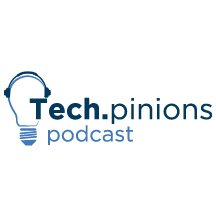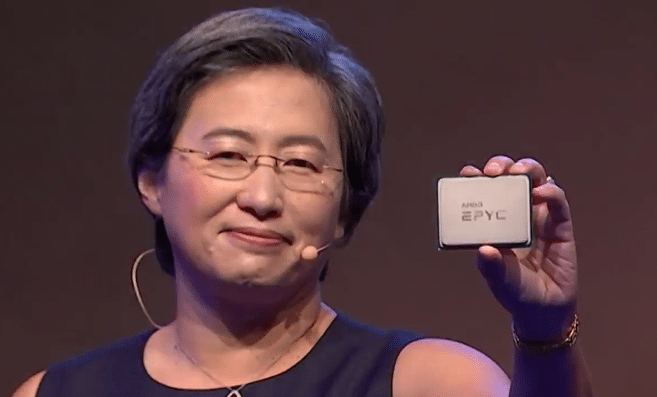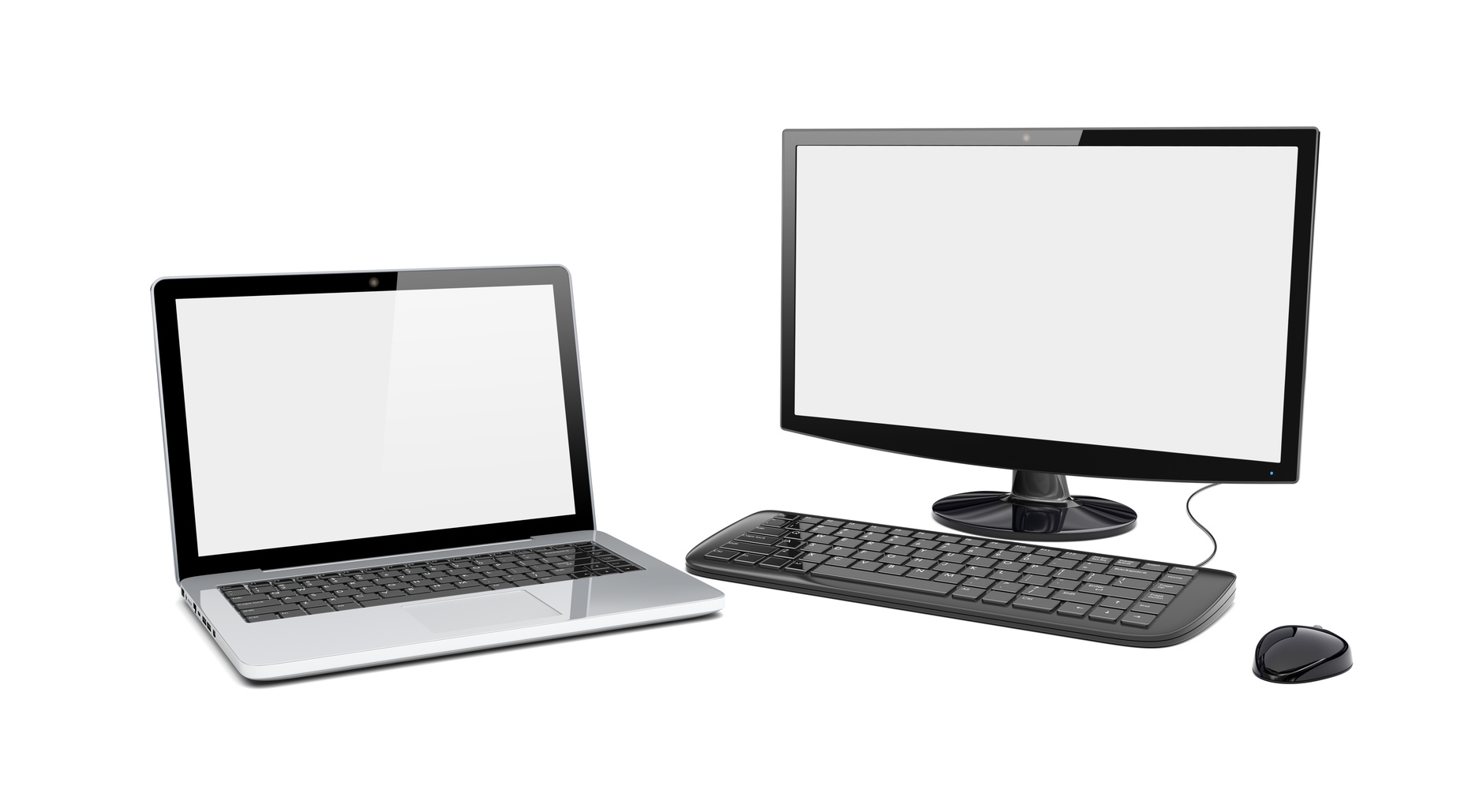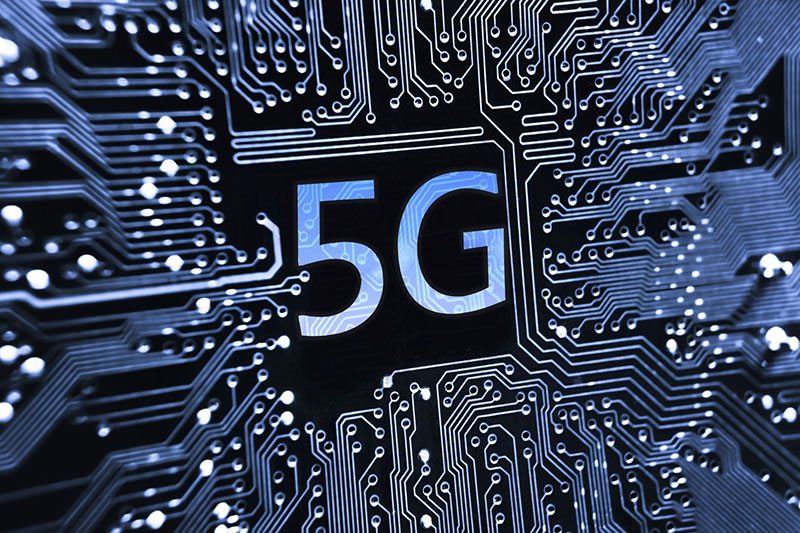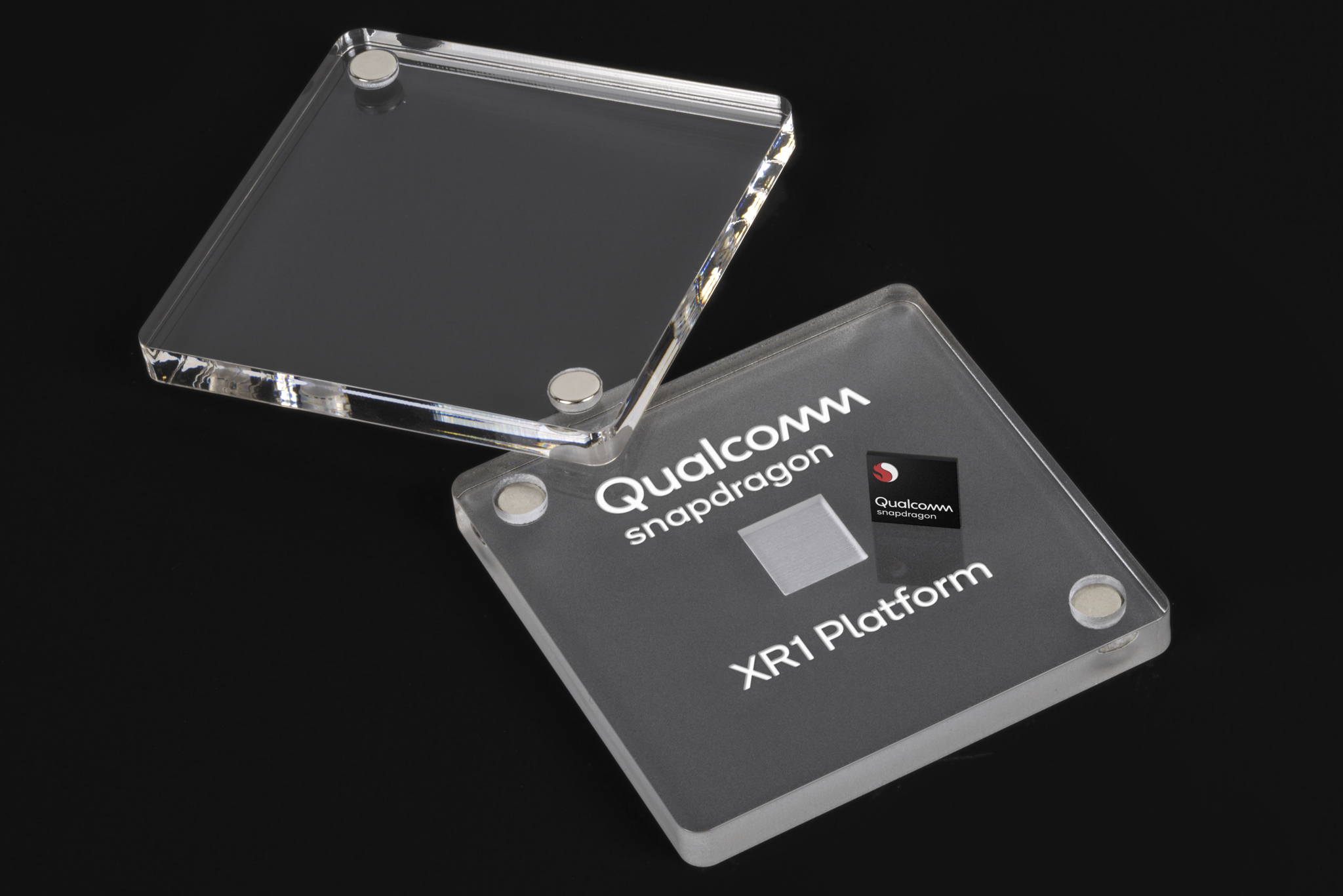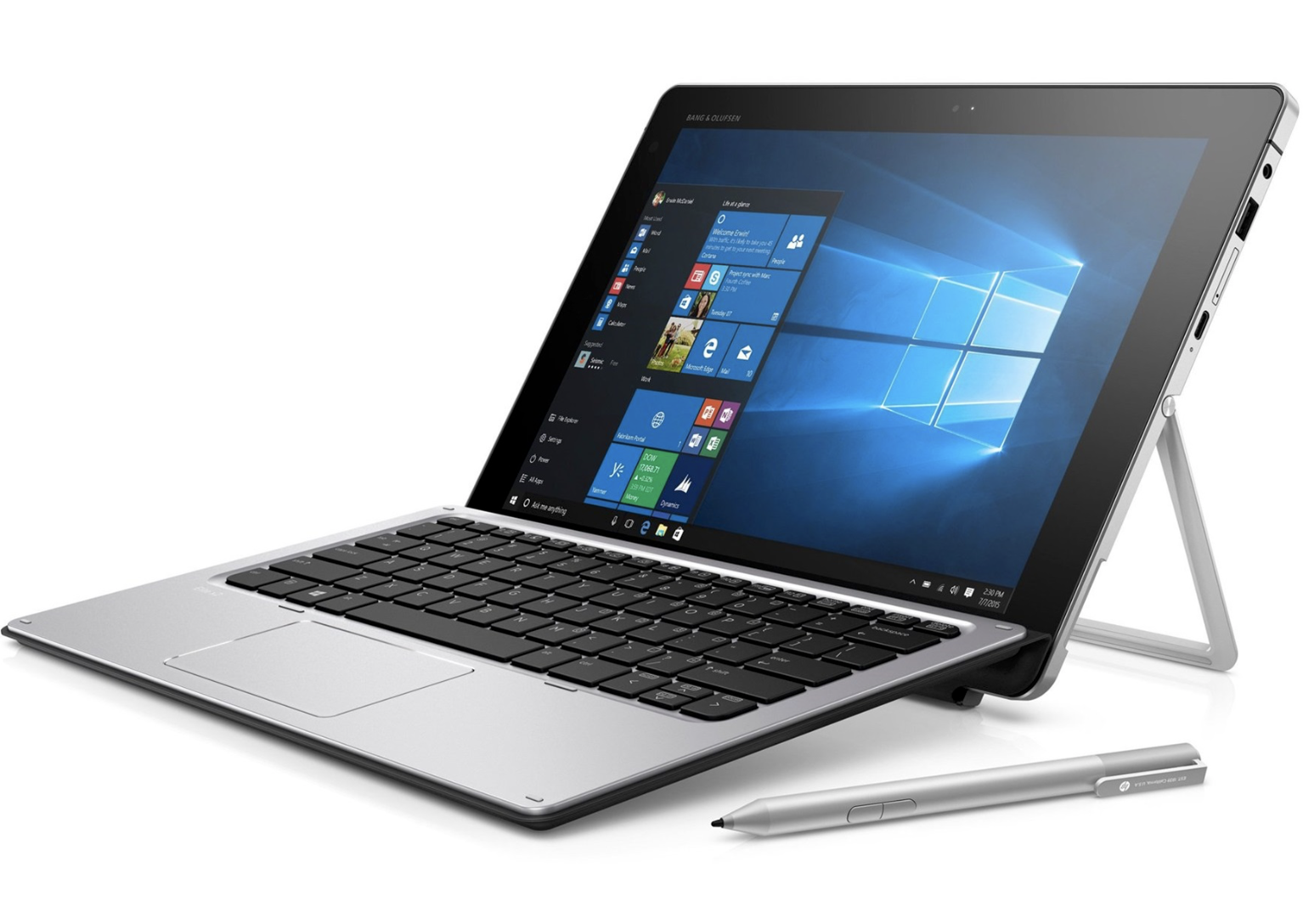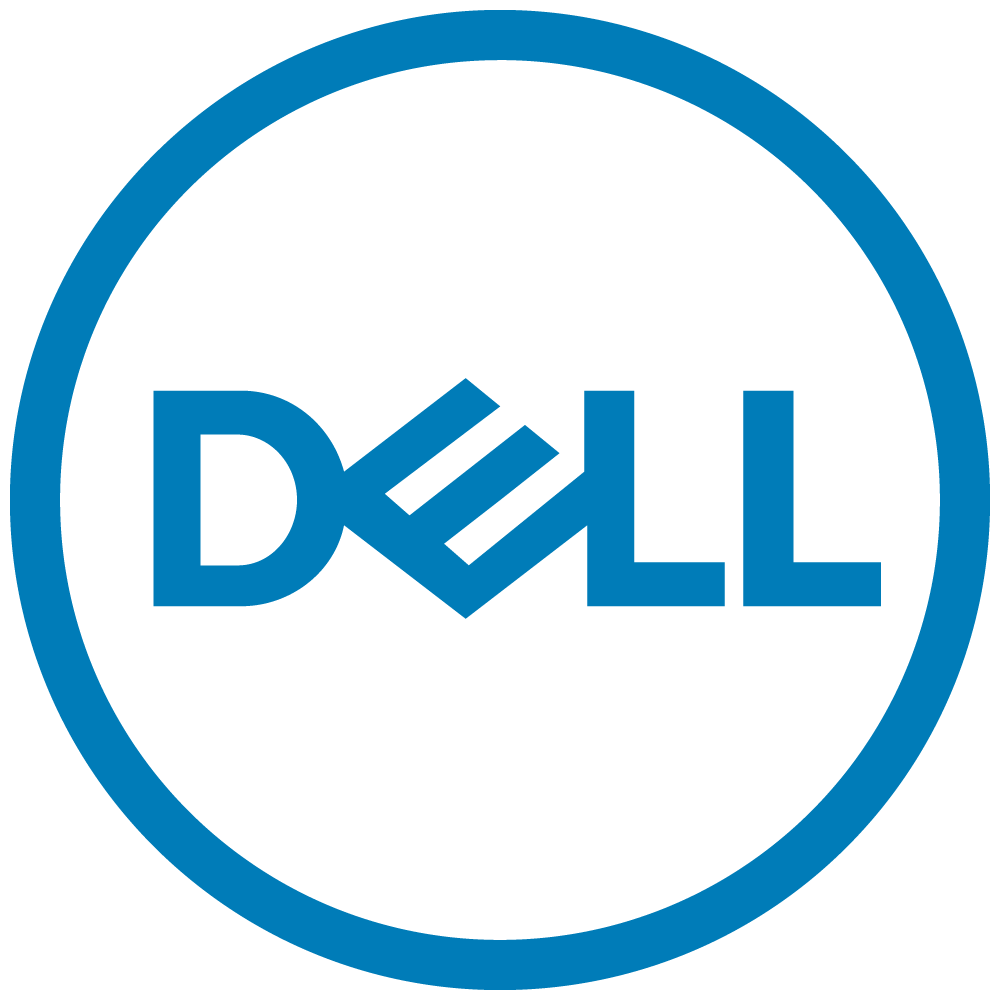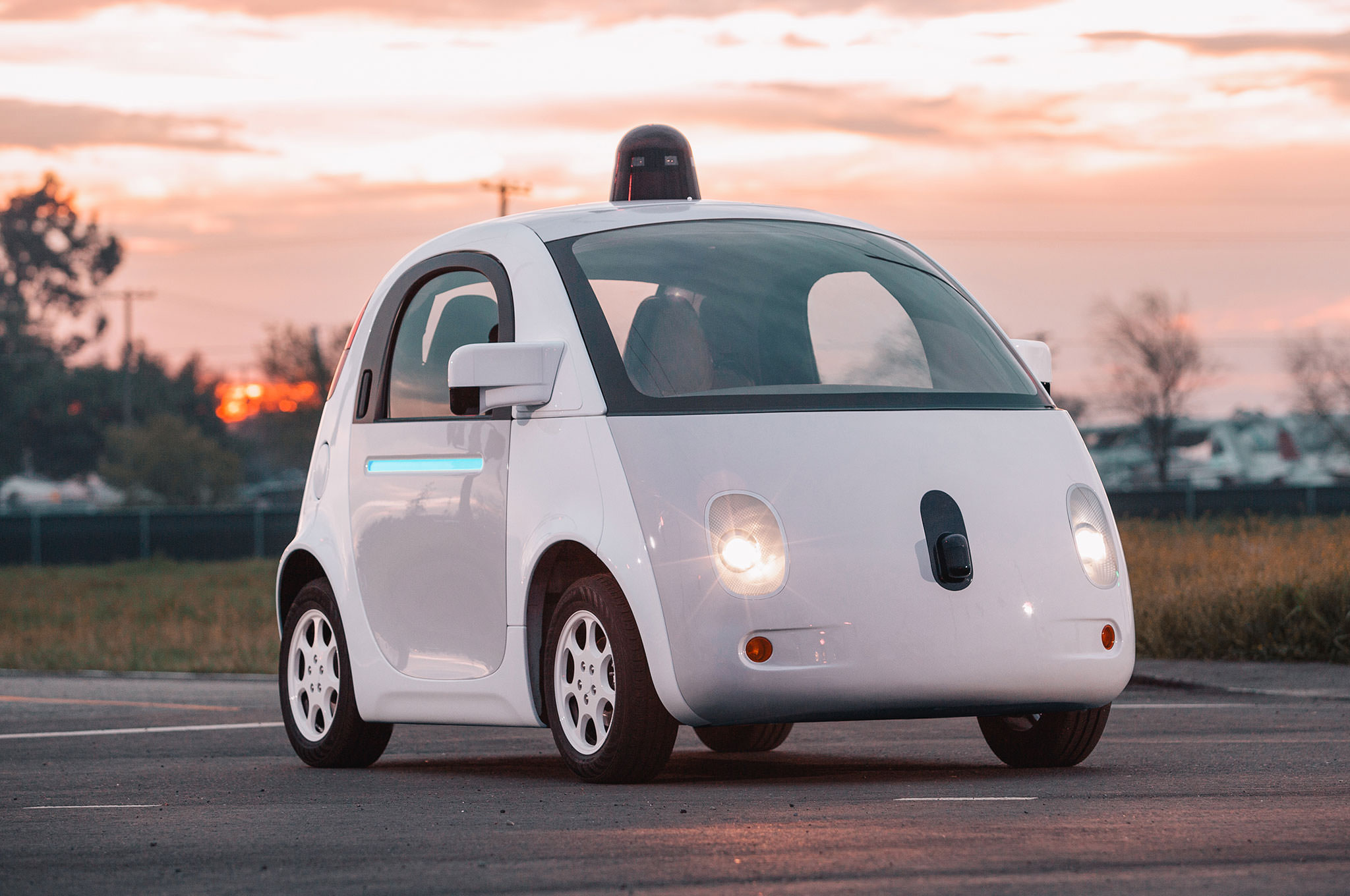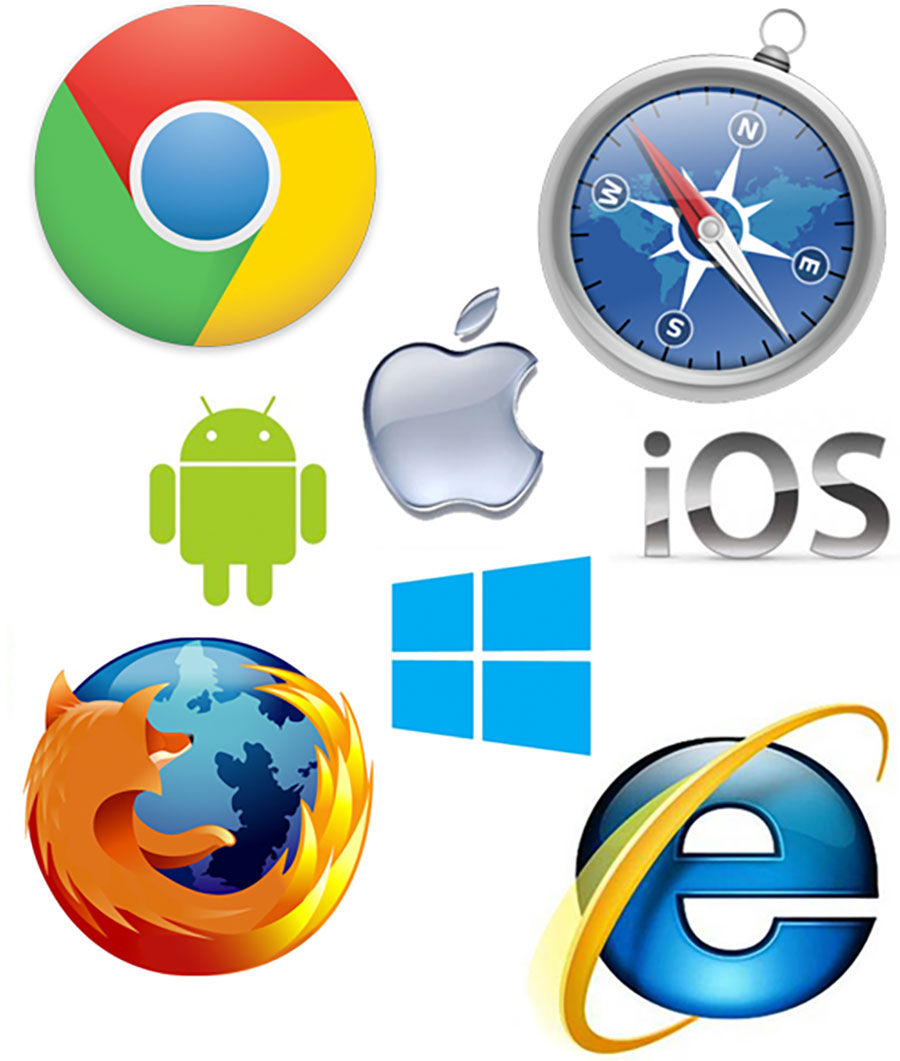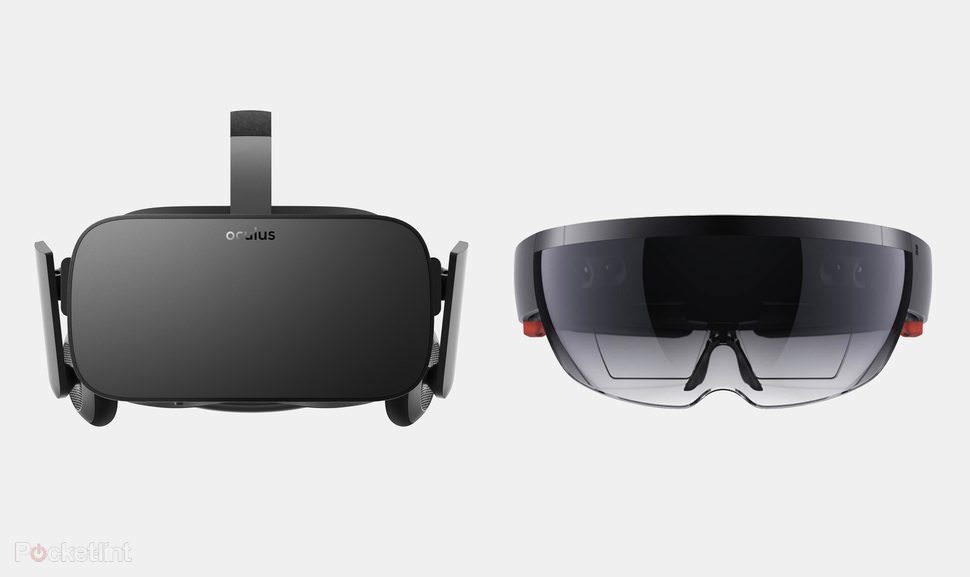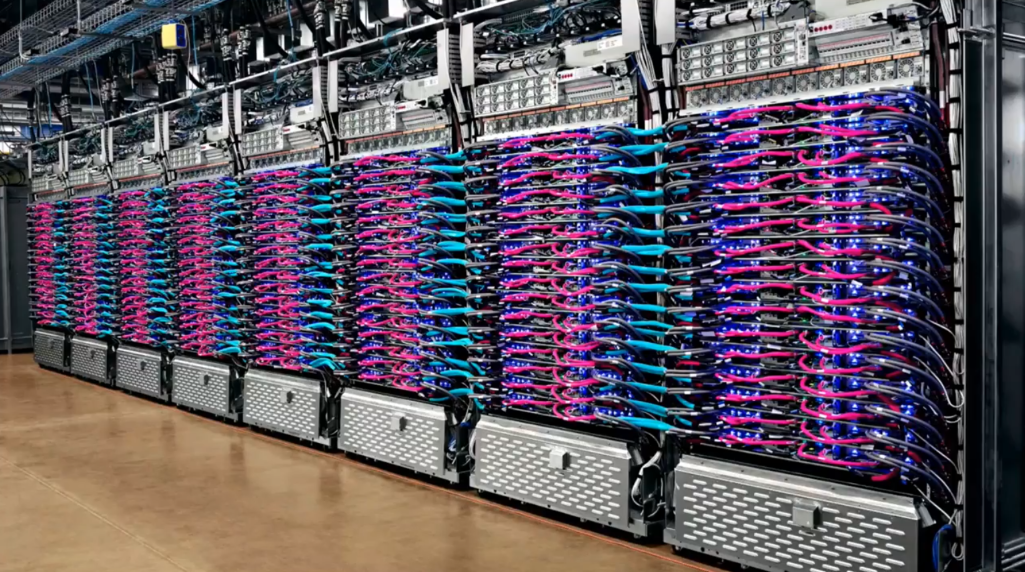It would make an excellent title for a school essay, don’t you think? As much as this week was a bit of a logistical nightmare due to the two developer conferences overlapping, it was a great opportunity to directly compare the approach these two companies are taking on what has become a core area of their business: AI.
There was a lot covered in both companies’ keynotes, but for me, there were three key areas where similarities and differences were clear.
Assistants as Active Players in Human Interactions
In very different ways, assistants on both stages played an active role in human interactions. These assistants were not just voices I asked questions to, but they were providing proactive assistance in a particular situation.
Microsoft showed a compelling workplace demo where Cortana was able to greet meeting participants by name as they entered the room or joined the call. With visual support (another common theme) she was able to help the conversation by taking notes for a hearing-impaired participant, scheduling a to-do list, and setting up reminders.
Google showed a more conversational assistant that now can perform linked requests and continues to improve its voice to sound more human, even giving you the choice of John Legend as one of the voices. The demo that stole the show and pushed our current idea of the assistant to the next level was Google Duplex.
With Duplex, Google Assistant helped find a hairdresser and a restaurant and then placed a call to book an appointment. This feature will be available later in the summer but had the whole audience divided between “wow” and “eek.” There was also some skepticism given how Google Assistant at home still feels quite basic in comparison.
The exchange with both the hairdresser and the restaurant was very natural but when you listened to it a few times you can easily spot that the Assistant was picking up the key points in the task like date and time. It was a focused interaction which is very different from what we have at home where we can invoke Google Assistant to ask her anything from the weather to how to make fresh pasta.
Some people were apparently uncomfortable with the call because the people on the other end of the line were unaware they were talking to a bot. With the hairdresser case, Google Assistant did say she was making an appointment for her client which I thought was a nice way to let the receptionist know she was talking to someone else. It is tricky in this initial phase to balance disclosure with having the service used and accepted. I am sure most people would hang up if the conversation started with: “Hi, I am Google Assistant.”
I found it interesting, as I spoke to others about this demo, that the reason they wanted to be made aware they were talking to Google Assistant was that they wanted to know what data was captured and shared, not necessarily because they did not want to interact with a bot. Google did not talk about that aspect on stage.
This area is still so new to us that companies will need a lot of trial and error to figure out what we are comfortable with. Already today Microsoft Cortana can schedule a meeting for you in Outlook by contacting the people who need to participate and finding a time that works for everybody. The email that is exchanged says Cortana as a sender, but people seem more comfortable with that maybe because it is confined to email and it does not make our “rise of the machines” alarm bells go off.
There is no question in my mind though, that agents, assistants, bots, call them what you like, will become more active players in our life as they get smarter and improve their context awareness. We humans will have to learn how to make them part of that mix in a way that is not only socially acceptable to us but also to others involved.
Privacy and Ethics
Since the Facebook Cambridge Analytica debacle, the level of scrutiny tech companies have been under when it comes to privacy has increased. This coupled with The General Data Protection Regulation (GDPR) roll out in Europe, has also raised expectations on the level of transparency displayed by companies in this area. There was a definite difference between how Microsoft and Google addressed privacy on stage. Microsoft made a clear and bold statement about safeguarding users privacy with CEO Satya Nadella saying:
“We need to ask ourselves not only what computers can do, but what computers should do,” he said. “We also have a responsibility as a tech industry to build trust in technology.”
Adding that the tech industry needs to treat issues like privacy as a “human right.” Nadella’s statement echoed what Apple’s CEO Tim Cook said during a recent MSNBC interview:
“We care about the user experience. And we’re not going to traffic in your personal life. I think it’s an invasion of privacy. I think it’s – privacy to us is a human right.”
Their stand should not be a surprise as both companies share a business model based on making a profit directly from the services and products they bring to market.
At Google i/o there was no explicit mention of privacy, but Sundar Pichai stated at the very start of the keynote:
“It’s clear that technology can be a positive force, but we can’t just be “wide-eyed” about the potential impact of these innovations…We feel a deep sense of responsibility to get these things right.”
When he said that, Pichai was referring to AI in particular.
Some were quick to argue that Google did not make a clear statement on privacy simply because they cannot do so given the nature of their business model. I would, however, argue that it was not so much a case of not throwing stones in a glass house but rather not wanting to come out with an empty promise or a statement that would have seemed defensive when Google has not breached our trust. I think this point is important. Even when talking about what was introduced at Google i/o, many spoke of the price users pay to the benefit of these new smart apps and services: personal data. While this is true, it is also true that you have a choice not to use those services or not to share that data. Quite different from Facebook where people were aware their information would be used to target advertising but they were not aware they were being tracked outside of Facebook. I also believe consumers see a greater ROI from sharing data with Google than they do with Facebook, which raises their level of tolerance on what they want to let Google get access to.
Where Google felt comfortable going after Facebook was fake news and their revamped Google News service that will double down on using AI to deliver better quality, more targeted stories.
In my mind, asking Google to make a statement on privacy was the same as asking Google to change their business model. This is not going to happen any time soon and certainly not on a developer conference stage. What I would like to hear from Google more, however, is what data is seen, stored and retained across all the interactions we have. GDPR will force their hand a little in doing that, but a more proactive approach might score them brownie points and not have them be lumped in with Facebook in the time out corner.
Consumer vs. Business
Both companies had several announcements over the course of their opening keynotes that will impact business and consumers alike. Both companies had “feel good” stories that showed how wonderful tech could be when it can positively affect people’s lives. Yet, the strong consumer focus we saw at Google i/o had the audience cheering, wowing and clapping with a level of engagement that Microsoft did not see. This is not about how good the announcements were but rather how the audience could directly relate to those announcements.
Given the respective core focus of the two companies, it is to be expected that Microsoft focused more on business and Google on consumers. That said, I always argued that talking about users is not just good for the soul it is good for business especially when you are talking to developers. Business class apps are important and in some cases, they can be more remunerative than consumers apps for developers. Most business apps are, however, developed in-house by enterprises or by third parties that grant access to them through their services.
For Microsoft being able to talk about consumers is vital to attracting developers and there was not much mention of that on stage despite the bigger interest in the user within the enterprise. Microsoft did announce an increase in revenue share with developers now taking 95% of the revenue compared to the 85% they get from Apple and Google. Believing Microsoft is still committed to consumers though, might go a long way to get developers on board in the first place.
We have a little bit longer to wait and hear what Apple will have to offer developers, but I have a sneaky feeling that privacy, AI, and ML will all be core to their strategy while I am less clear about the extent that cloud will play a role.
